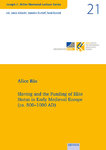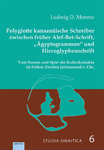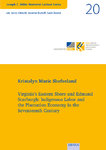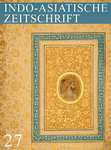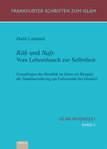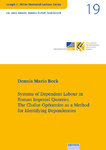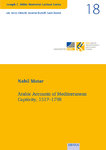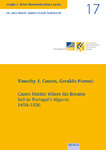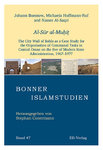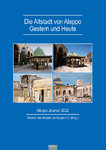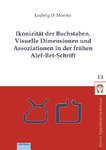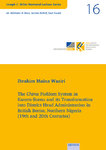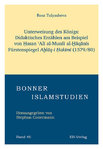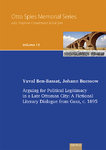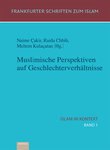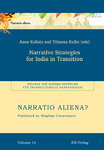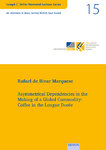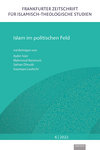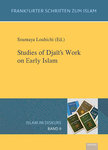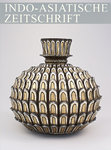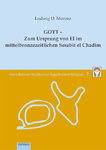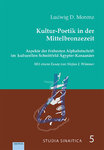- ISLAMWISSENSCHAFT
- ISLAMISCHE_STUDIEN
- JOSEPH C. MILLER MEMORIAL LECTURES SERIES
- ASIENWISSENSCHAFT
- ARCHÄOLOGIE ALS KULTURWISSENSCHAFT
- RELIGIONSWISSENSCHAFT
- RELIGIONSPÄDAGOGIK
- GESELLSCHAFT UND KIRCHE
- KIRCHE UND GEMEINDE
- GESUNDHEIT UND KRANKHEIT
- KINDERGARTENPÄDAGOGIK
- OPEN_ACCESS
- Neuerscheinungen
- In Vorbereitung
- News
- EBook
- Einzelkataloge
Categories ASIENWISSENSCHAFT Reihe: Asien und Afrika (ZAAS) Kiel Band 14: Istanbul 2010:
Band 14: Istanbul 2010:
Product no.: 978-3-86893-044-3
In stock
can be shipped within 3 days
In the year 2010 the city of Istanbul had been awarded the title of European Capital of Culture. The award is challenged in this publication. Besides European, Asiatic, Oriental and Cosmopolitan traits are characteristic for Istanbul: the remnants of the Christian-European Byzantine past, the Turkish language of the inhabitants and their Central Asian origin, Islam as the dominating Oriental religion and cosmopolitanism, the influence of westernization. In the scientific field the question has been raised, if Istanbul is a World City. In the course of its very long history Istanbul has attained three times the status of World City: as the political, economic and cultural capital of the Byzantine Empire, as the political, economic and cultural capital of the Ottoman Empire and – through the impact of the new Turkish economic policy since the 1980s – as the economic and cultural, but not political capital of Turkey with global connections. Istanbul’s identity is today marked as a crossroads World City on the level of developed industrial society.
Table of Contents
A Introduction
I. Conditions for Awarding the Title of “European Capital of Culture”
II. Conditions for Assessing the Specification of World City/Global City/Mega City
B Istanbul 2010: European Capital of Culture?
I. Istanbul as a European City
II. Istanbul as an Asiatic City
III. Istanbul as an Oriental City
IV. Istanbul as a Cosmopolitan City
1. Westernization
2. Modernization
3. Globalization
V. Summary: a Single Label for Istanbul?
C Istanbul 2010: World City/Global City/Mega City?
I. Introductory Remarks
II. Relations of Byzantium and Calchedon: 680/660 B.C.–330 A.D.
III. Constantinople 330–1453: Rise to World City Rank and Decline
1. Rise to World City Rank: 330–7th Century
2. World City Rank: 7th–11th Centuries
3. Decline: 11th Century–1453
4. Evaluation
IV. Istanbul 1453–1920: World City Rank and Decline
1. World City Rank: 1453–1683
2. Decline: 1683–1920
3. Evaluation
V. Istanbul 1920–2010: Decline and Rise to World City Rank
1. Istanbul 1920–1980: Decline
2. Istanbul 1980–2010: Rise to World City Rank
a Introductory Remarks
b The New Economic Policy in Turkey since the 1980s
c Istanbul as a Financial Centre
d Social Polarization in Istanbul
α Mass Housing
β Gated Communities
γ Gentrification
e Urbanization of Istanbul Province
f World City Retail Infrastructure
g World City Traffic Infrastructure
h Istanbul as a Manufacturing City
i Istanbul as a Capital of Culture
α Artistic Culture
β Culture of Events
γ Culture for Tourists
δ Night-life Culture
j Evaluation
D Istanbul’s Identity
E Publications
We also recommend
Browse this category: Reihe: Asien und Afrika (ZAAS) Kiel



